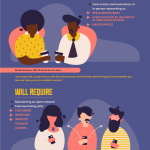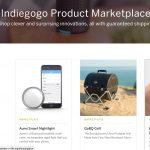Thirty Years Later, The Story Behind Nike’s Iconic Revolution
On March 26, 1987 during The Cosby Show, Nike first aired “Revolution,” a black-and-white, punch-in-the-face kind of commercial. Part music video, part sports ad, looking back you can see how big of a brick in the foundation of Nike’s brand image–and ad agency Wieden+Kennedy’s reputation–it really is.
It also changed advertising for good. Until then, almost all the songs used in ads were either jingles or covers of pop tunes. By using the Beatles’ “Revolution,” Nike paved the way for real songs, by the real artists, to be the soundtrack for everything from cars to computers, fashion to phones, and everything in between.
Of course, the Beatles weren’t thrilled, suing Nike, but it ultimately didn’t go anywhere. The spot was directed by Paula Greif and Peter Kagan, whose work included music videos for bands like Duran Duran, Cutting Crew, and Steve Winwood. But the idea for “Revolution” came from three Wieden+Kennedy creatives, including current executive creative director Susan Hoffman, an art director at the time.
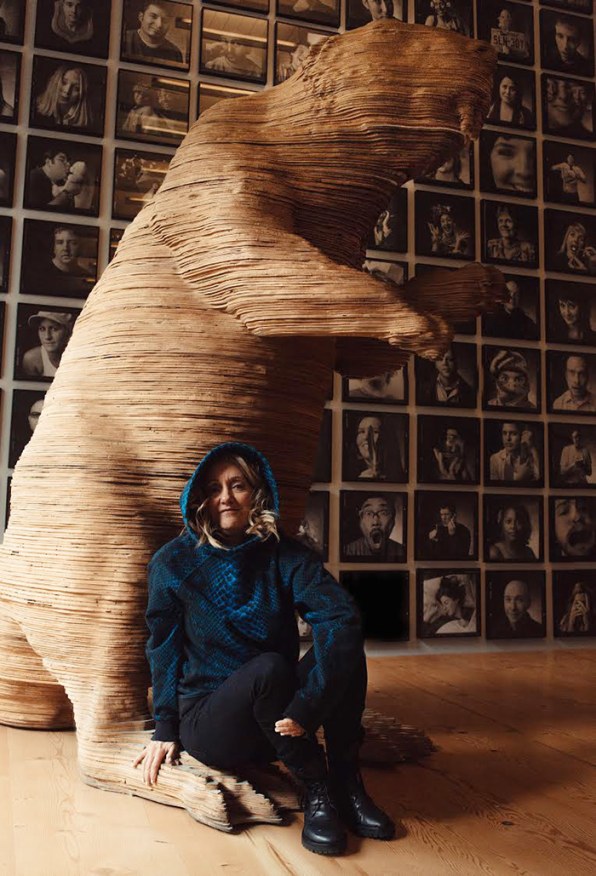
Looking back, Hoffman says it wasn’t exactly a slam dunk at first. “It was a bit of a fluke, but maybe not,” she says. “There were three of us (including Janet Champ and Kristi Myers Roberts) who got the brief together to do a Nike Air commercial. At the time, it was their revolutionary new product feature that was being used in all the shoes.
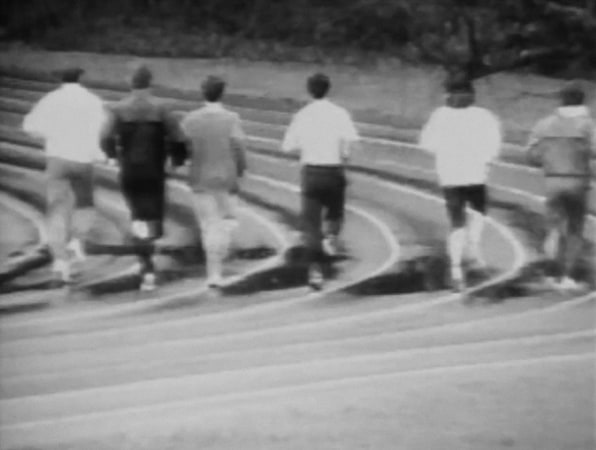
Landing the Beatles song was anything but a guarantee—there was a reason no real songs were being used in advertising at the time. Hoffman wasn’t all that confident it would work this time.
“No, not at all, but when a company’s motto is ‘walk in stupid everyday,’ this was walking in stupid,” she says. “And by that we mean not falling back on old habits and ideas or relying on what’s worked in the past—it otherwise leads to derivative work the people will filter out and ignore.”
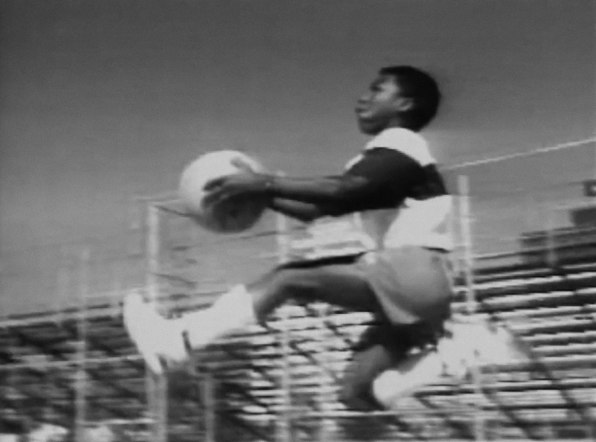
The process behind and reaction to “Revolution” has two significant legacies within both W+K and Nike. First: “After the spot ran and it worked, Phil Knight decided to research it, and the ad tested poorly despite its real-world impact,” says Hoffman. “Since then, Nike has never put their advertising into research. Bravo!”
(63)

